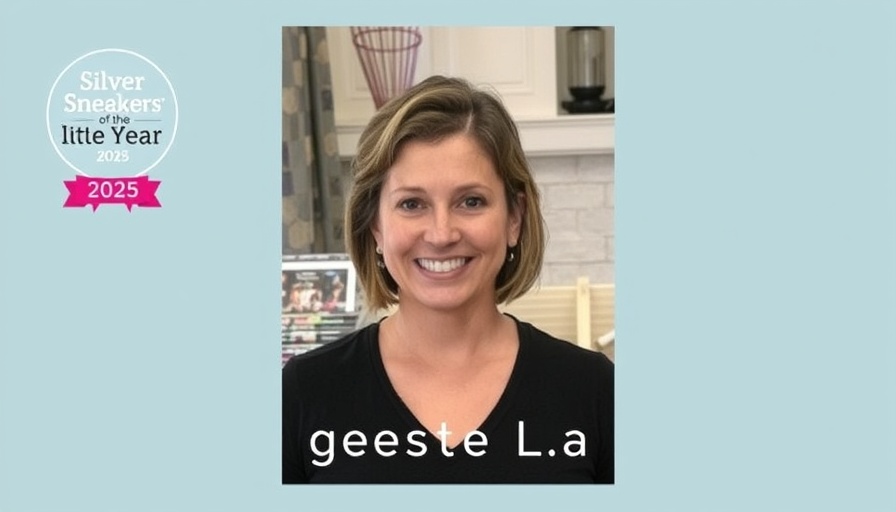
Celebrating Community and Strength Through Movement
Meet Celeste Lajala, the distinguished 2025 SilverSneakers Instructor of the Year. A retired physician turned fitness leader, Celeste has created a mini-revolution in her Hawaiian fitness community at 24 Hour Fitness in Hawaii Kai. Her unique approach to health and wellness transforms exercise into a joyous and social event. From laughter-filled snowball fights to warm exercises with bands and drums, every class is a celebration of movement infused with the spirit of Aloha.
The Power of Connection in Fitness
Celeste's classes are not just about workouts; they foster connection and friendship, revealing how fitness can enhance emotional well-being. With over 120 students, many refer to her as family, illustrating the importance of social bonds in maintaining motivation as well as physical health. Participants often express their commitment—feeling as if they would let down their 'in-laws' if they miss a session. This sense of belonging is potent, emphasizing that fitness is as much a mental journey as a physical one.
Striving for Inclusivity and Growth
When Celeste first began her SilverSneakers journey, the anticipation of making new friends wasn't on her radar. Yet, the classes blossomed from just two participants to a full schedule, creating waitlists for eager fitness enthusiasts. Recognizing the demand, she took it upon herself to expand the offerings, tripling the number of weekly classes—a testament to her dedication to inclusivity and community-oriented health.
Inspiration for Young and Old Alike
Celeste’s story serves as a reminder that anyone can make a difference, no matter their background. In her case, transitioning from a physician to a fitness intructor reflects the evolving landscape of wellness, where passion and expertise meet. Her engaging teaching style showcases that age should never be a barrier to staying active, inviting all ages to rediscover joy in movement.
Restoring Faith in Community Wellness
The essence of Celeste’s approach lies in her infectious enthusiasm. Every participant feels valued and cherished, reinforcing the core idea that fitness is not simply a routine but a community experience. This dynamic emphasizes a crucial perspective in public health: fostering environments where individuals support each other in their wellness journeys can lead to improved outcomes for everyone.
What Can We Learn From Celeste Lajala?
Celeste’s story is not just inspirational; it's a framework for future instructors and fitness enthusiasts to consider. Incorporating elements of fun, community, and care into wellness initiatives can create lasting impacts. If you're seeking to enhance your fitness journey, consider how connection plays a role in your motivation. Whether through a class, a family workout, or simply sharing your fitness goals with friends, creating a supportive network can lead to greater success in health and wellness.
 Add Row
Add Row 

 Add
Add 


Write A Comment